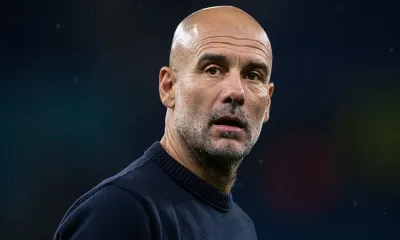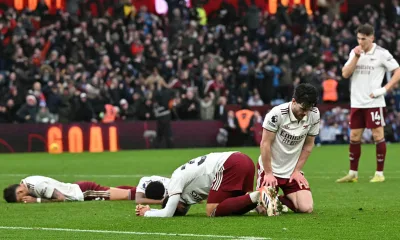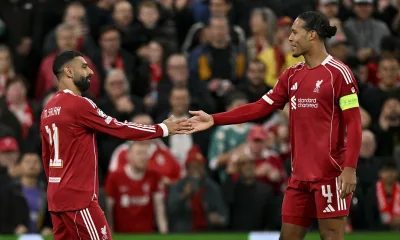Arsenal
Arteta hopeful Ødegaard’s return to training could see him available for Newcastle
Arteta confirmed Ødegaard trained on Friday and could be fit to join Arsenal for Newcastle on Sunday
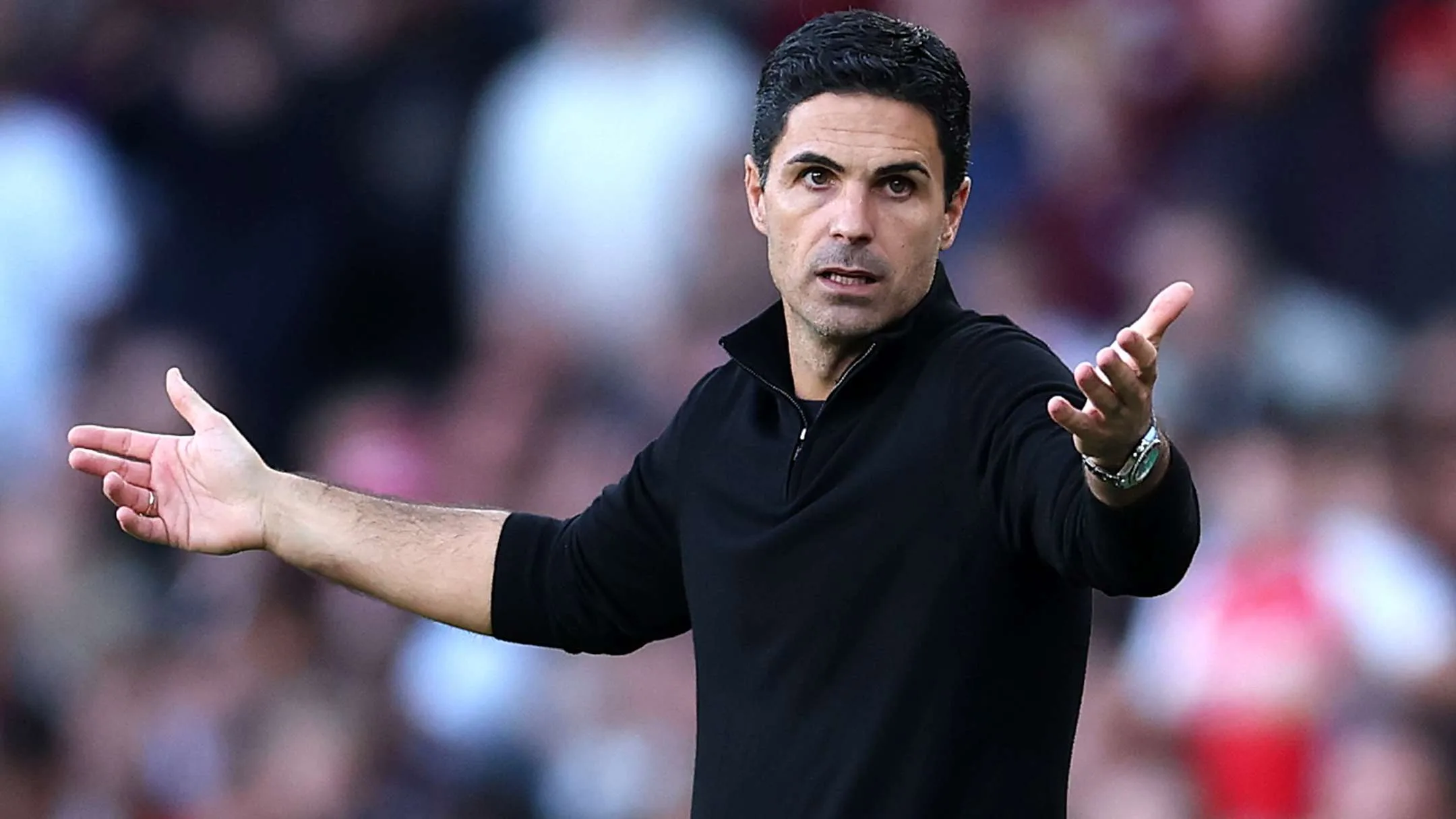
Mikel Arteta offered an encouraging update on Martin Ødegaard’s fitness after the captain returned to training on Friday, suggesting the midfielder could be involved for Arsenal’s trip to Newcastle United. Arteta said: “Martin will be training with us the next two days, so hopefully he’ll be available for the game.”
The manager underlined his belief that Ødegaard can make an immediate impact despite the recent absence. “Martin certainly has the capacity not to do too much and not to train too much and go in two days and perform at the highest level because he’s naturally a super gifted fit player.” That assessment leaves the door open for the captain to be selected after a short spell on the sidelines.
There are positive signs elsewhere in the squad. Bukayo Saka is expected to be available despite a minor injury scare in midweek. Arsenal are, however, awaiting a final verdict on the knee injury suffered by Noni Madueke. The club do not believe Madueke has torn his ACL, but the expectation is that he will be sidelined for around two months.
Madueke’s setback brings an abrupt halt to an electric beginning to his Arsenal career following his £52 million ($69.6 million) move from Chelsea during the summer. His absence will be felt as Arsenal prepare for a demanding fixture at St James’ Park, a ground where they have struggled recently.
Arsenal head into the sixth round of Premier League fixtures sitting second in the table, five points behind leaders Liverpool. The Gunners have not found the net in any of their last three visits to St James’ Park, losing by an aggregate scoreline of 4–0, which adds weight to the importance of any potential return by Ødegaard for the trip to Newcastle United.
Arsenal
Gabriel Jesus Added to Arsenal’s Champions League List After Max Dowman Ankle Injury
Max Dowman out for rest of calendar year; Gabriel Jesus added to Arsenal Champions League list. Wed.
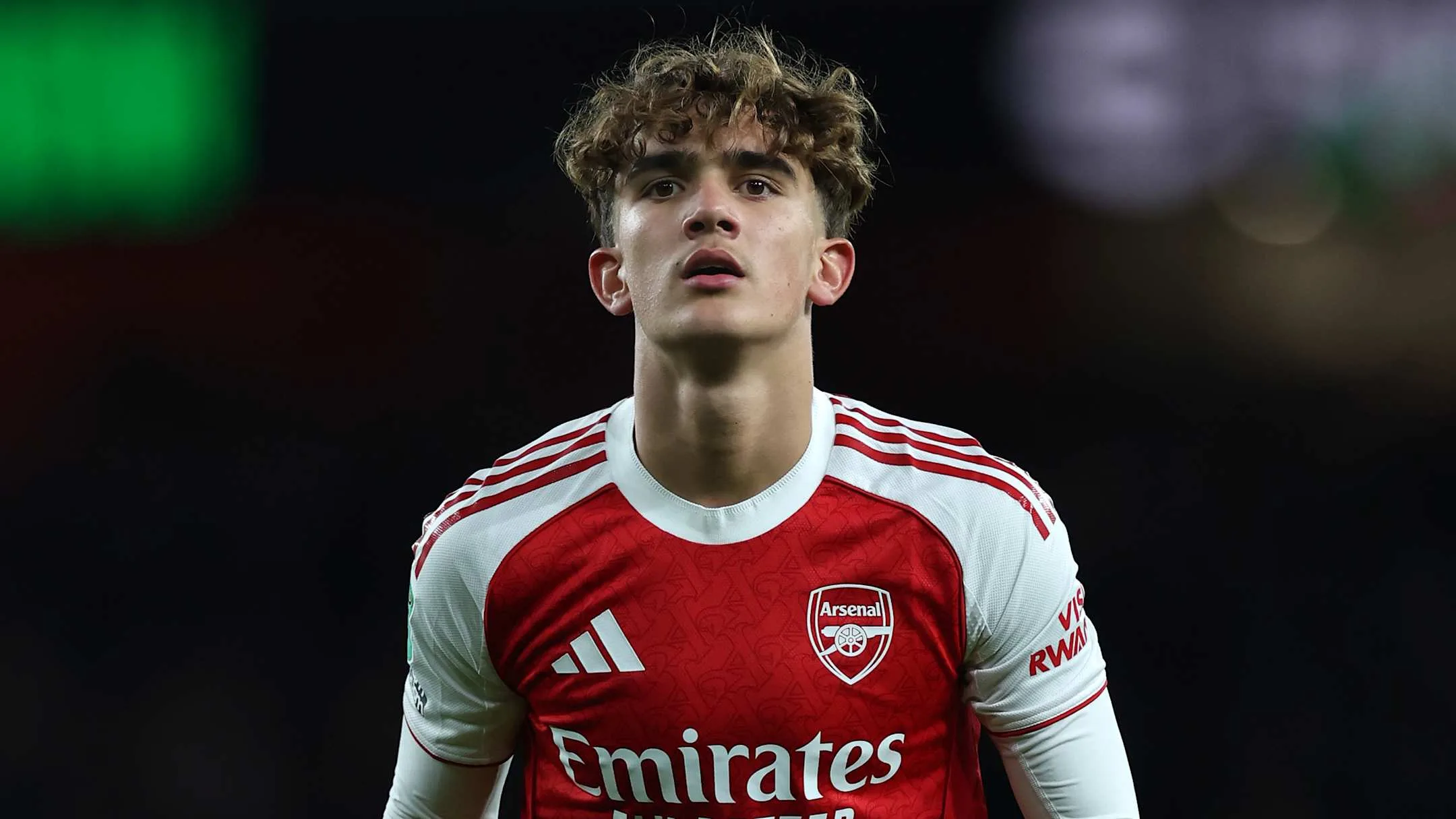
Arsenal have moved to replace Max Dowman in their Champions League squad after the youngster sustained an ankle injury while featuring in an U21 friendly against Manchester United. The club said Dowman picked up the problem in that match, which also included Alex Oxlade-Chamberlain.
Mikel Arteta had left Gabriel Jesus out of the travelling party that lost 2–1 to Aston Villa in Birmingham so the forward could get meaningful minutes with the U21s. With Dowman now sidelined, Arsenal have used the one permitted amendment to their league phase list under the UEFA rule introduced at the start of the season and registered Jesus ahead of the knockout stage. The club noted the change without giving further detail on the severity of Dowman’s injury.
The 28-year-old forward is immediately eligible for Wednesday night’s trip to face Club Brugge, though whether Arteta will select him straight away is not certain. Arsenal’s fitness record remains a concern: since the start of last season the club have recorded 93 different injuries, a total topped only by Brighton & Hove Albion among Premier League teams, per Sky Sports News.
The Gunners began the Champions League league phase with five wins from five, leaving their progression largely secure, but Club Brugge should not be underestimated, “just ask Barcelona .” Saturday’s Premier League fixture against Wolverhampton Wanderers, who have collected two points so far, may provide a less pressured setting for Jesus to return to club action.
UEFA rules enforce a 60-day delay before any player dropped from a squad for medical reasons can return to the competition. Dowman may be re-registered in January but will not be available for selection until Feb. 6, 2026, by which time Arsenal will have completed all eight league phase fixtures. Barring a significant collapse, Arsenal are expected to avoid the knockout playoff and proceed directly to the last 16, with first legs scheduled for March 10–11, 2026.
Arsenal
Arsenal Confront Fitness Concerns Ahead of Club Brugge Trip
Declan Rice missed Tuesday training before Club Brugge. Saliba, Gabriel and others remain sidelined.
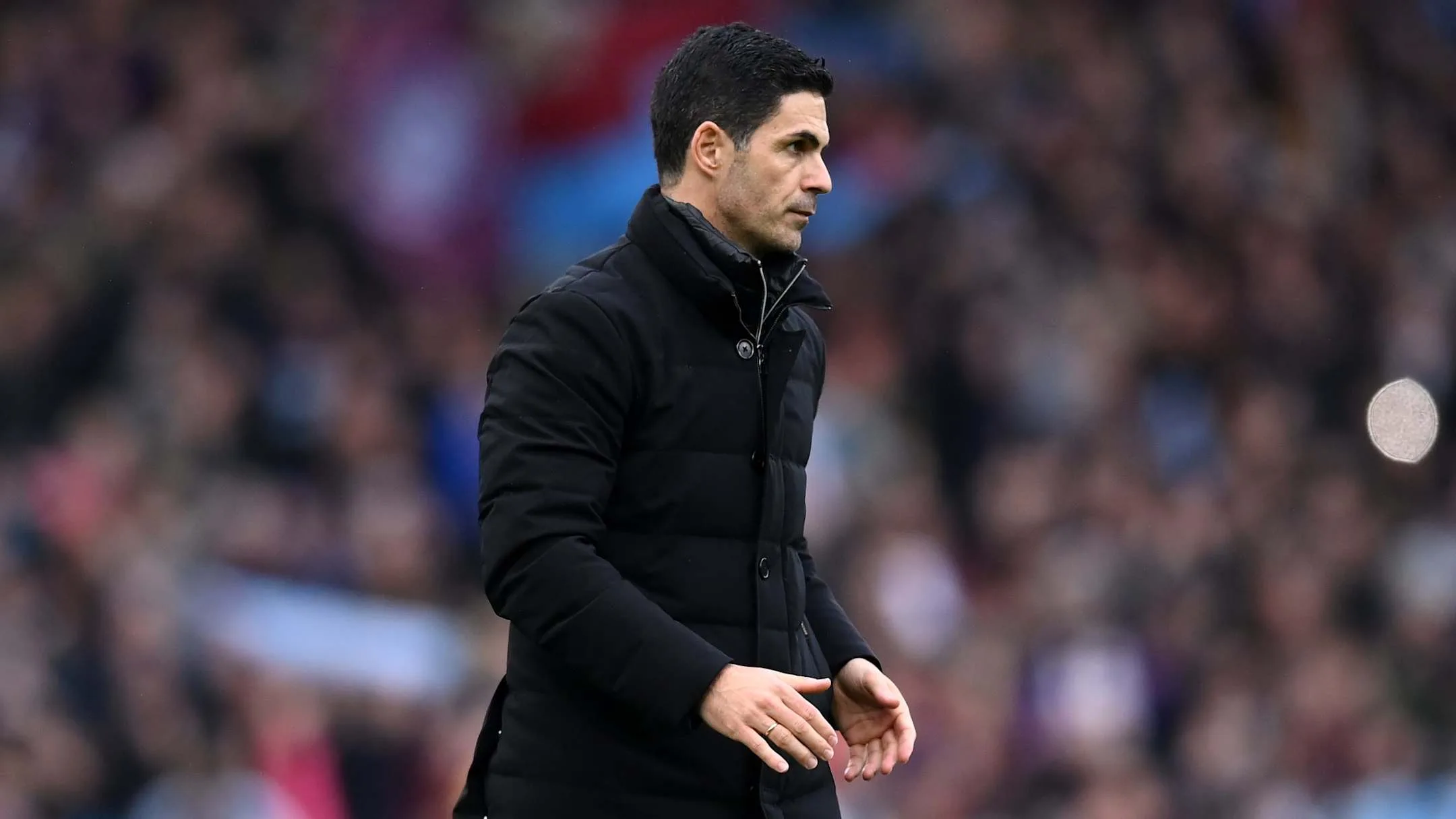
Arsenal entered the build-up to Wednesday’s Champions League trip to Club Brugge with fresh fitness questions after Declan Rice did not take part in the club’s open training session. Rice also failed to emerge for Tuesday’s training with the rest of Mikel Arteta’s squad, and no explanation has been provided for his absence. It is unclear whether the issue is connected to the injury he suffered against Brentford six days earlier.
Arteta is expected to give an update on the England international in his prematch press conference on Tuesday. The timing is delicate: Arsenal remain the only side with a perfect record in this season’s Champions League league phase, having picked up 15 points from their first five games, but defeat in Belgium would cost them top spot in the group.
Rice was not the only influential player absent from Tuesday’s session. Leandro Trossard, who returned from an ankle injury to score against Villa, was also not spotted at training. The ongoing absence of centre back William Saliba remains a significant problem for Arteta. The manager claimed Saliba was “days” away from a return before the Brentford game, but Saliba now stands to miss a fourth consecutive outing across all competitions if he does not recover before Wednesday.
Gabriel is also sidelined with an injury that may have brought his 2025 to an abrupt end. Arteta recently confessed Arsenal may have to do without the pair for “a period of time .” Cristian Mosquera is facing his own extended spell on the treatment table, a situation that has prompted Arteta to open the door to a centre back signing once the January transfer window opens.
For now, Piero Hincapié is the only natural centre back available. The squad contains several versatile options: Jurriën Timber played centrally last time out against Villa, while Ben White and Riccardo Calafiori can operate at both centre back and fullback. Arteta must manage that versatility as he prepares his team for a potentially decisive match in Belgium.
Arsenal
Timber: Use Villa Defeat as Fuel as Arsenal’s defensive cover is Tested
Timber urged Arsenal to turn the Villa defeat into motivation as injuries test defensive depth. amid
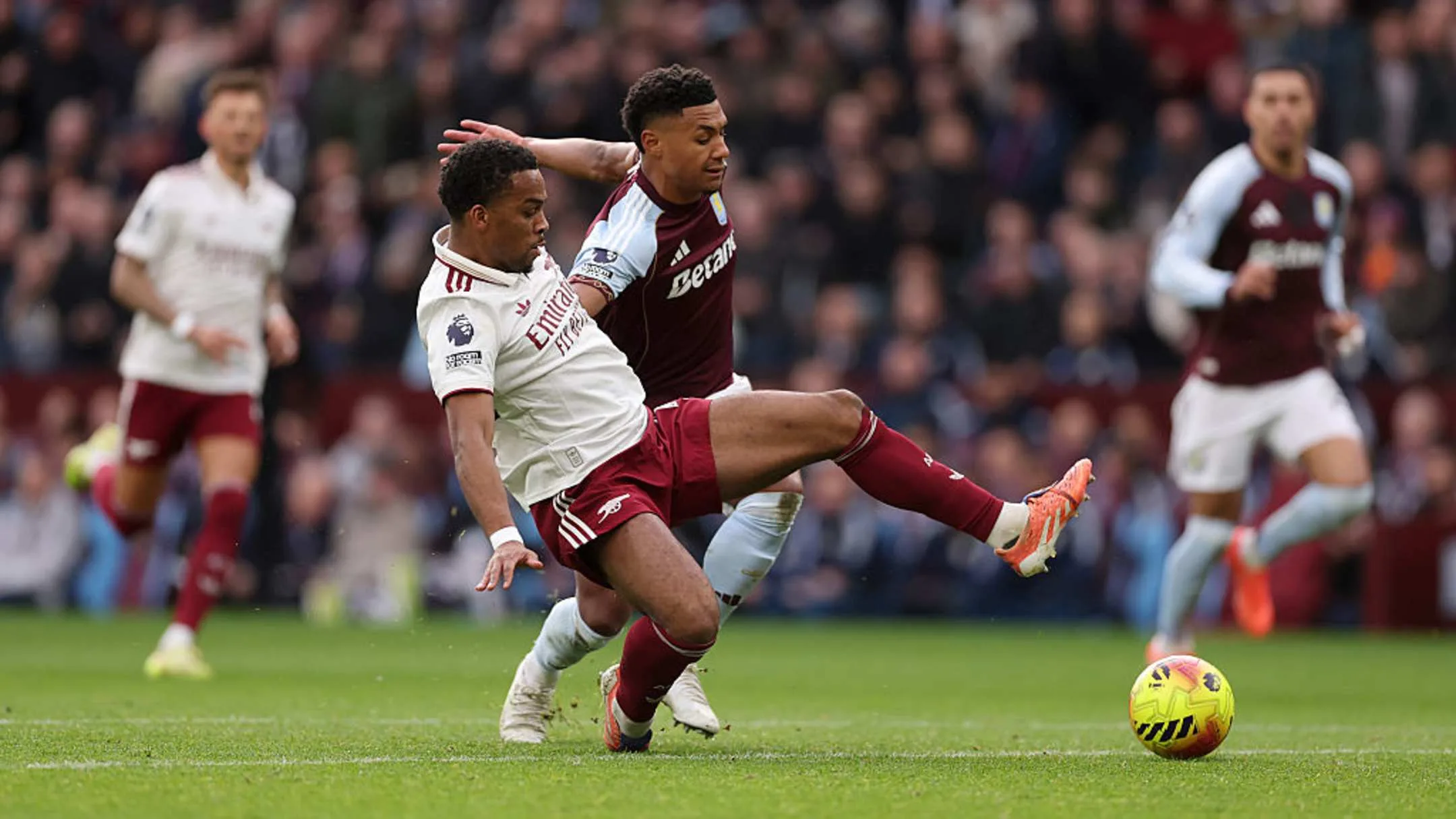
Arsenal defender Jurriën Timber urged calm after Saturday’s 2–1 defeat to Aston Villa, arguing the squad must convert frustration into a constructive response rather than catastrophise. The loss, combined with Manchester City’s win over Sunderland, cut Arsenal’s lead at the top of the Premier League to two points, with Villa a single point further back.
Timber was clear about the need to learn from the setback. “I think in the end you need to use it as a motivation and in the end as a strength, because it happened and we need to accept it and we need to get better,” he said. “Within the season, these moments happen, setbacks, and you just have to step up after that.”
The defeat should, according to Timber, sharpen Arsenal’s response rather than prompt panic. If any complacency had been creeping in, the manner of the loss ought to have removed it. Attention now turns quickly to a home game against a struggling Wolverhampton Wanderers side, followed by a trip to in-form Everton on Dec. 20.
Before those league matches Arsenal have a Champions League assignment that offers a chance to steady the collective mood. The team travels to Belgium to face Club Brugge as they look to consolidate their position atop the group stage standings.
Form and availability have complicated Arsenal’s position. It feels like only a few weeks ago that some were already ready to hand Arsenal the Premier League trophy, but since a 2–0 win over Burnley at the start of November the Gunners have won two of five Premier League games. Over the same period Manchester City have won four and dropped points only once.
A more immediate concern is the injury toll in central defence. Starting pair Gabriel and William Saliba are sidelined, and backup option Cristhian Mosquera also picked up an injury during the midweek win over Brentford. Timber, who had made the right back spot his own, started at centre back on Saturday alongside Piero Hincapié. Fellow full backs Ben White and Riccardo Calafiori have also filled in there, but the depth and cover are being heavily tested.
-
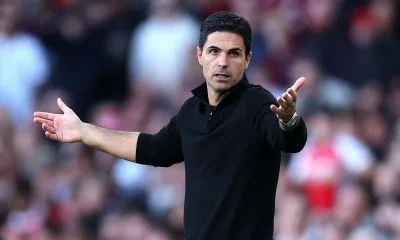
 Analytics & Stats2 months ago
Analytics & Stats2 months agoOpta Numbers Confirm Arsenal’s Set-Piece Method Shapes Their Play
-
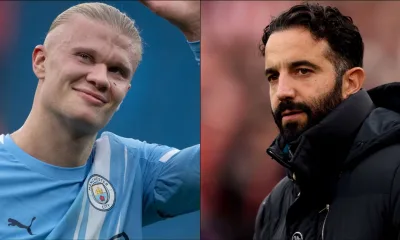
 Arsenal1 month ago
Arsenal1 month agoOctober 2025: Premier League Player and Manager of the Month Shortlists
-
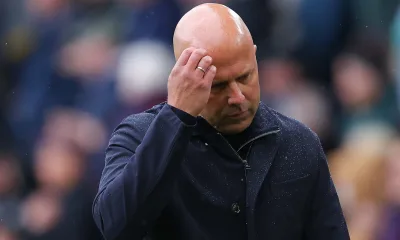
 Liverpool2 months ago
Liverpool2 months agoLiverpool’s injury list grows as Gravenberch leaves international early ahead of United derby


